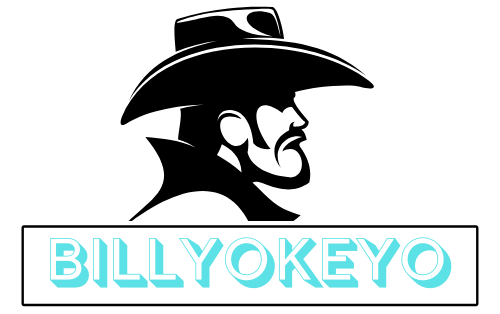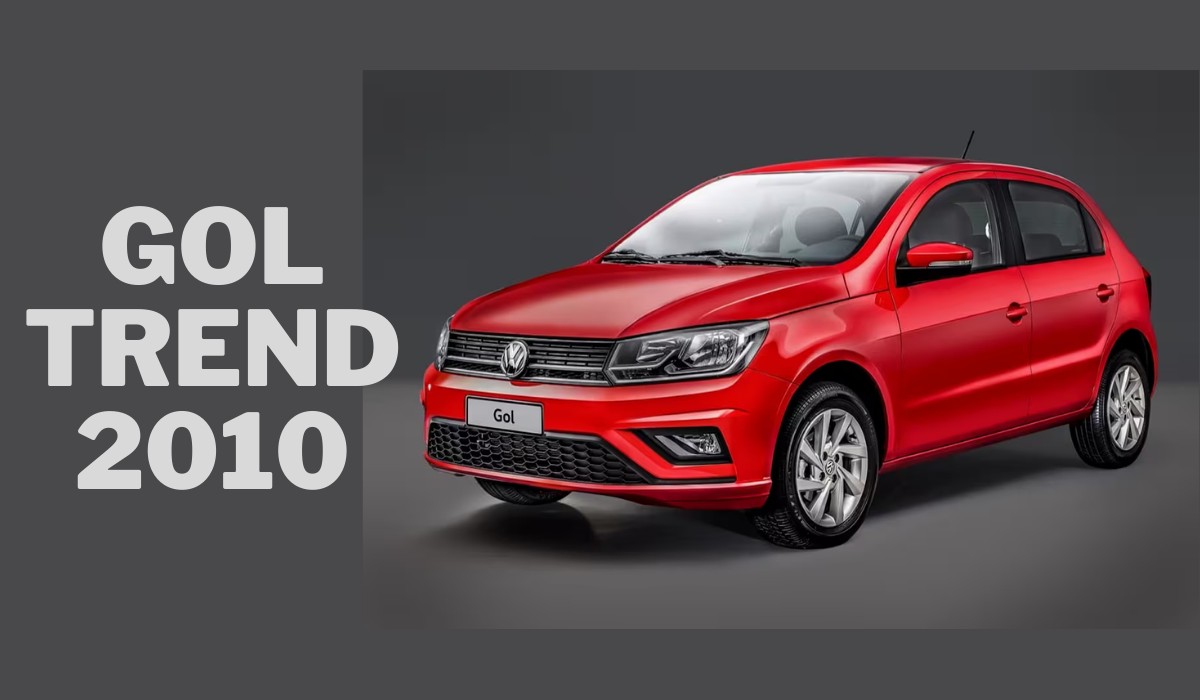The Volkswagen Gol stands as one of Brazil’s most beloved automobiles, transcending its role as mere transportation to become a cultural phenomenon. Since its debut in 1980, the Gol trend has shaped Brazilian automotive culture, influenced countless design decisions, and remained a steadfast companion to millions of families across Latin America.
This compact car’s journey from a simple, affordable vehicle to a cultural icon reflects broader themes of economic development, social mobility, and national identity. The Gol trend represents more than automotive engineering—it embodies the aspirations of an entire generation of Brazilian drivers who sought reliable, accessible transportation during times of economic uncertainty.
Understanding the Gol trend requires examining its multifaceted impact on Brazilian society, from its revolutionary design philosophy to its lasting influence on automotive manufacturing in emerging markets. This exploration reveals how a single vehicle model can become deeply woven into the fabric of national culture, influencing everything from popular music to social dynamics.
The story of the Gol trend continues to evolve, adapting to changing consumer preferences while maintaining its core appeal as Brazil’s quintessential people’s car.
History of the Gol Trend
The Volkswagen Gol emerged during a pivotal moment in Brazilian automotive history. Launched in 1980, the vehicle represented Volkswagen’s strategic response to Brazil’s growing demand for affordable, reliable transportation. The country’s automotive industry was experiencing significant growth, but existing options often proved too expensive or impractical for middle-class families.
Volkswagen Brazil developed the Gol specifically for local market conditions, incorporating design elements that addressed Brazil’s unique infrastructure challenges and economic realities. The original model featured a simple, robust design that prioritized durability over luxury, making it accessible to a broader segment of the population than previous offerings.
The initial reception was overwhelmingly positive. Brazilian consumers embraced the Gol’s straightforward approach to automotive design, appreciating its fuel efficiency, maintenance simplicity, and competitive pricing. Within its first few years, the vehicle established itself as a dominant force in the Brazilian compact car segment.
Cultural factors played a crucial role in the Gol trend’s early success. Brazil’s automotive culture was still developing, and many families were purchasing their first car. The Gol’s approachable design and marketing positioned it as the ideal entry point into car ownership, creating lasting emotional connections between the brand and consumers.
The vehicle’s name itself—”Gol,” meaning “goal” in Portuguese—reflected Brazil’s football-obsessed culture and suggested achievement, success, and the realization of dreams. This clever branding helped establish the Gol trend as more than just a product; it became a symbol of personal and social progress.
Evolution Over the Years
The Gol trend has undergone continuous evolution since its introduction, adapting to changing consumer preferences and technological advancements while maintaining its core identity. Each generation brought significant improvements in design, performance, and features, ensuring the model remained competitive and relevant.
The first major redesign occurred in 1987 with the introduction of the Gol GTI, which added performance variants to the lineup. This expansion demonstrated Volkswagen’s commitment to growing the Gol trend beyond basic transportation, appealing to enthusiasts who wanted more engaging driving experiences while maintaining the model’s accessibility.
Throughout the 1990s, the Gol trend incorporated increasingly sophisticated technology and safety features. Fuel injection systems replaced carburetors, improving efficiency and performance. Interior comfort received attention through upgraded materials and ergonomic improvements, while exterior styling evolved to reflect contemporary design trends.
The second generation, launched in 1994, marked a significant milestone in the Gol trend’s evolution. This redesign featured more rounded styling, improved aerodynamics, and enhanced passenger space. The changes reflected global automotive trends while preserving the practical, no-nonsense character that made the original successful.
Safety improvements became a major focus during the 2000s, as Brazilian regulations evolved and consumer awareness increased. The Gol trend incorporated airbags, anti-lock braking systems, and strengthened body structures, demonstrating that affordable vehicles could still meet modern safety standards.
Recent generations have embraced connectivity and environmental consciousness, introducing features like smartphone integration and more efficient engines. These updates ensure the Gol trend remains relevant for younger consumers who expect modern technology even in entry-level vehicles.
Impact on Society
The Gol trend’s influence on Brazilian society extends far beyond automotive sales figures. This vehicle has shaped social mobility patterns, influenced urban development, and become deeply embedded in Brazilian popular culture.
For many Brazilian families, purchasing a Gol represented a significant milestone in their journey toward middle-class status. The vehicle’s affordability made car ownership accessible to segments of society that previously relied entirely on public transportation. This democratization of mobility had profound effects on employment opportunities, social connections, and quality of life.
The automotive industry benefited enormously from the Gol trend’s success. The model’s popularity encouraged investment in Brazilian manufacturing facilities, creating thousands of jobs and contributing to the development of a sophisticated automotive supply chain. This industrial growth had multiplier effects throughout the economy, supporting everything from steel production to electronics manufacturing.
Urban planning and infrastructure development responded to increased car ownership driven partly by vehicles like the Gol. Cities expanded their road networks, parking facilities, and automotive service sectors to accommodate growing numbers of vehicles. While this transformation brought benefits, it also created challenges related to traffic congestion and environmental impact.
The Gol trend found its way into Brazilian popular culture through music, television, and cinema. Musicians referenced the vehicle in songs, television shows featured it as a symbol of ordinary Brazilian life, and films used it to represent authenticity and working-class values. These cultural appearances reinforced the vehicle’s position as a Brazilian icon.
Regional identity also played a role in the Gol trend’s social impact. Different areas of Brazil developed distinct relationships with the vehicle, from urban centers where it represented practical transportation to rural areas where its durability made it essential for daily life.
Key Innovations
The Gol trend introduced several important innovations that influenced both Volkswagen’s global strategy and the broader automotive industry’s approach to emerging markets. These innovations demonstrated how vehicles designed for specific regional needs could achieve remarkable success.
One of the most significant innovations was the development of the Total Flex fuel system, which allowed the Gol to run on gasoline, ethanol, or any combination of both fuels. This technology addressed Brazil’s unique energy landscape, where ethanol production from sugarcane created an alternative fuel source. The flexibility gave consumers choices based on fuel prices and availability.
The modular platform strategy employed in later Gol generations represented another important innovation. This approach allowed Volkswagen to share components across multiple vehicle lines while maintaining distinct characteristics for each model. The efficiency gains from this strategy helped keep the Gol trend competitively priced while improving quality and features.
Manufacturing innovations were equally important to the Gol trend’s success. Volkswagen Brazil developed production techniques specifically adapted to local conditions and cost requirements. These methods later influenced manufacturing practices at other Volkswagen facilities worldwide, particularly in emerging markets with similar challenges.
Design innovation focused on maximizing interior space within compact exterior dimensions. The Gol’s packaging efficiency became a benchmark for other compact vehicles, demonstrating how intelligent design could create practical, comfortable transportation within strict size and cost constraints.
Safety innovations in later generations showed how affordable vehicles could incorporate advanced protective systems. The development of cost-effective safety technologies for the Gol trend contributed to industry-wide improvements in vehicle safety across price segments.
Criticism and Controversies
Despite its popularity, the Gol trend has faced various criticisms and controversies throughout its history. These challenges have shaped the model’s development and highlighted broader issues within the automotive industry.
Safety concerns dominated early criticism of the Gol trend. Initial generations lacked many safety features considered standard in developed markets, reflecting both cost constraints and different regulatory environments. Consumer advocacy groups and safety organizations pressured manufacturers to improve protection levels, leading to gradual enhancements over subsequent generations.
Environmental impact became another significant criticism as awareness of automotive emissions grew. The Gol trend’s early engines, while efficient for their time, produced emissions that became increasingly problematic as environmental standards tightened. This criticism drove investments in cleaner engine technology and alternative fuel systems.
Quality perception presented ongoing challenges for the Gol trend. While the vehicle’s durability impressed many users, others complained about interior materials, fit and finish, and feature availability compared to global market vehicles. These perceptions sometimes limited the model’s appeal among more affluent consumers.
Labor relations at Volkswagen Brazil occasionally generated controversy, with strikes and disputes affecting production and company reputation. These issues highlighted tensions between global automotive companies and local workforce expectations, influencing how multinational manufacturers approach labor relations in emerging markets.
Market positioning controversies arose when critics argued that the Gol trend’s success might discourage innovation or investment in more advanced technologies for Brazilian consumers. Some observers worried that acceptance of basic transportation might limit progress toward more sophisticated automotive offerings.
The Gol Trend Today
The contemporary Gol trend reflects decades of evolution while maintaining its fundamental appeal as accessible, practical transportation. Current models incorporate modern technology and safety features while preserving the straightforward character that originally defined the model.
Today’s Gol offerings include multiple trim levels and engine options, allowing consumers to choose configurations that match their specific needs and budgets. This variety represents a significant expansion from the original single-model approach, reflecting both market sophistication and competitive pressures.
Modern safety standards have transformed the current Gol trend, with features like electronic stability control, multiple airbags, and reinforced body structures now standard across the lineup. These improvements address historical criticisms while maintaining competitive pricing through efficient engineering and manufacturing.
Connectivity features position the current Gol trend for younger consumers who expect smartphone integration and digital interfaces. Infotainment systems, USB connectivity, and available navigation reflect the model’s adaptation to contemporary expectations while avoiding complexity that might compromise its core appeal.
Environmental considerations influence current Gol trend development through improved fuel efficiency and reduced emissions. While not yet offering hybrid or electric variants, recent models demonstrate significant improvements in environmental performance compared to earlier generations.
The competitive landscape has evolved dramatically since the Gol trend’s introduction, with numerous alternatives now available in the Brazilian compact car segment. This competition has pushed continuous improvement while highlighting the enduring appeal of the Gol’s straightforward approach to transportation.
Future Outlook
The future of the Gol trend faces both opportunities and challenges as the automotive industry undergoes dramatic transformation. Electric vehicles, autonomous driving technology, and changing consumer preferences will all influence how this iconic model evolves.
Electrification presents the most significant challenge and opportunity for the Gol trend’s future. Consumer acceptance of electric vehicles in Brazil will depend heavily on infrastructure development and cost competitiveness. The model’s success in adapting to electric powertrains could determine its long-term viability.
Autonomous driving technology may eventually influence even entry-level vehicles like the Gol. While full autonomy remains distant, driver assistance features will likely become more common across price segments, requiring careful integration that maintains the model’s cost-effectiveness.
Market evolution toward connectivity and services could reshape how consumers interact with vehicles like the Gol. Subscription models, shared mobility, and integrated digital services might influence future development directions, particularly among younger consumers.
Global automotive industry consolidation and platform sharing strategies will likely affect the Gol trend’s future development. Integration with Volkswagen’s global compact car platforms could bring advanced technologies while maintaining regional customization.
Regulatory changes, particularly regarding emissions and safety, will continue driving innovation requirements. The model’s ability to meet evolving standards while remaining affordable will determine its continued market position.
Reflecting on Brazil’s Automotive Icon
The Gol trend represents far more than automotive engineering success; it embodies the dreams and aspirations of millions of Brazilian families who found reliable, affordable transportation in this humble compact car. From its origins as a response to local market needs to its evolution into a cultural icon, the Gol has demonstrated how thoughtful design and strategic positioning can create lasting connections between products and consumers.
The model’s journey through four decades of Brazilian history reflects broader themes of economic development, social change, and technological progress. Each generation of the Gol has adapted to contemporary challenges while maintaining the essential characteristics that made it beloved: accessibility, reliability, and honest value.
Looking forward, the Gol trend faces unprecedented challenges as the automotive industry transforms. Electric powertrains, autonomous systems, and changing mobility patterns will test the model’s ability to evolve while preserving its fundamental appeal. The decisions made regarding these transitions will determine whether the Gol continues as Brazil’s people’s car for future generations.
The legacy of the Gol trend extends beyond sales figures or market share. It has shaped how an entire nation thinks about automotive transportation, proving that excellent vehicles can emerge from any market when local needs guide development priorities. This lesson remains relevant as the global automotive industry continues expanding into emerging markets worldwide.
You May Also Like:





